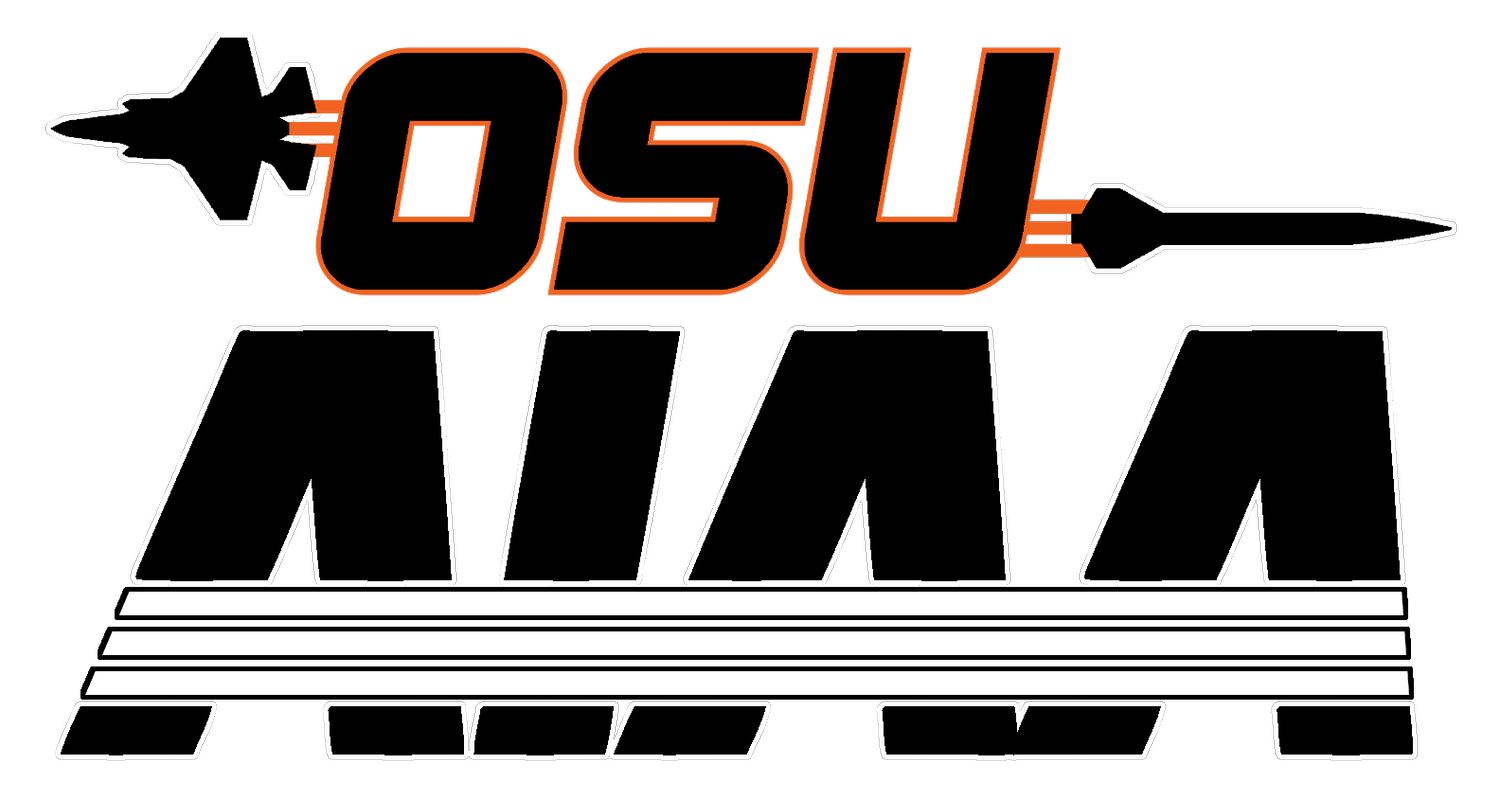Solar Plane: Pushing Past the Limit
Our goal for this year is to take a pre-existing aircraft and modify it with the addition solar panels, batteries, a custom prop, and anything else to further our flight time 120 minutes past the stock aircraft’s flight time at steady-level flight.
Team Break Down
The solar plane team is composed of 4 main bodies. Aero structure, Avionics, Propulsion, and Solar Array.
Aero structure: The responsibilities of an Aero structure is anything pertaining to our aircraft. This includes but is not limited to: assembly & repairs, wingload tests, flight control set up, structural analysis, and modification to the wings or fuselage. Towards the end, this team will be focusing on combining the solar array to the aircraft itself as that presents a number of challenges.
Avionics: Although Avionics is one of the smaller teams, they have a critical role on our flight time. Avionics responsibilities are how we communicate and receive data to and from the aircraft. They are also responsible for setting up the Autopilot using the ardupilot module. Since we will be flying for prolonged times, having an autopilot will be vital as it will not only be more efficient but less tiresome for the pilot. Once completed our aircraft will be able to fly autonomously via node points placed on a map in real time, or a pre programmed flight route. We also have the opportunity to incorporate active thermal updraft hunting, but that has still yet to be decided.
Propulsion: The propulsion team's responsibilities are primarily on the engine and propeller. They are tasked with finding the best most efficient combination not only to maintain steady level flight but to also minimize the amount of energy we use as this will be the number one source of power loss. This team is researching and soon to be constructing our own folding props that are designed for our mission.
Solar Array: Probably the most critical team, the Solar Array team is tasked with building and designing a solar array that will recharge our batteries on our aircraft. They will have to take into consideration topics such as: Weather and ,durability, energy draw from every piece of electronics, and much more. Every subteam has to communicate with the Solar Array team as each of their implementations could affect the solar panels and our overall flight time.
Contact Info:
Chris Curtis(Team lead) : Curtichri@oreognstate.edu
Meeting: Tuesday-Thursday 4-6pm , Fridays 1-2pm
additional meetings are added regularly but are announced on discord, email for details


